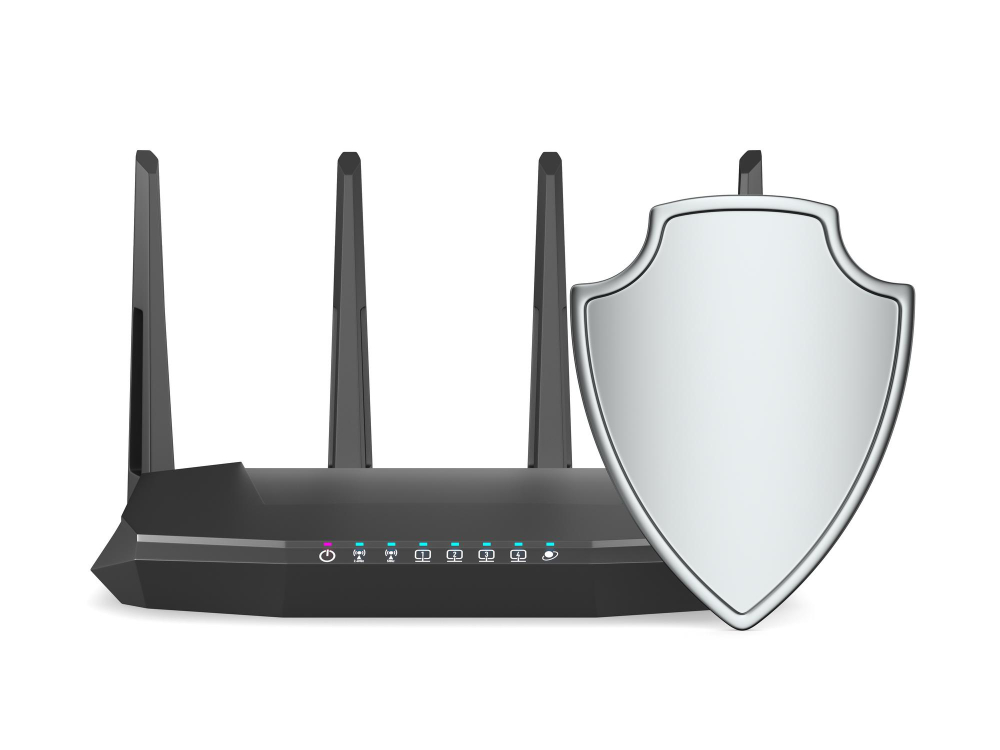In today’s interconnected world, securing your Wi-Fi network is essential. An unsecured network not only slows down your internet due to unauthorized users but also puts your personal data at risk. With cybercrime on the rise, taking proactive steps to protect your Wi-Fi from unauthorized access is a must. This guide provides actionable tips to secure your Wi-Fi network and ensure safe online activities.
Why Securing Your Wi-Fi Network Is Important
- Data Privacy: Unauthorized access can lead to data theft, including sensitive information such as passwords and financial details.
- Prevent Bandwidth Theft: Neighbors or hackers using your network can reduce internet speeds for legitimate users.
- Legal Responsibility: If someone uses your network for illegal activities, you might be held accountable.
- Device Security: Connected devices like smart TVs, cameras, and home assistants can be vulnerable to hacking through an insecure network.
Step 1: Change Default Router Credentials
One of the first steps in securing your Wi-Fi is changing the default username and password for your router. Many routers come with generic credentials that are easy for hackers to guess.
- How to Change Router Credentials:
- Log in to your router’s admin panel (usually accessible at 192.168.0.1 or 192.168.1.1).
- Navigate to the settings page for admin credentials.
- Create a strong, unique username and password.
Step 2: Enable WPA3 Encryption
Wi-Fi Protected Access (WPA) is a security protocol that encrypts data transmitted over your network. The latest standard, WPA3, offers stronger encryption and enhanced security features compared to WPA2.
- How to Enable WPA3:
- Access your router settings.
- Locate the security settings under the wireless network tab.
- Select WPA3 as the encryption method.
Step 3: Set a Strong Wi-Fi Password
Your Wi-Fi password should be complex, unique, and difficult to guess. Avoid using common passwords like “12345678” or “password.”
- Tips for a Strong Password:
- Use a mix of uppercase and lowercase letters.
- Include numbers and special characters.
- Aim for at least 12 characters.
Step 4: Hide Your SSID
Your network’s SSID (Service Set Identifier) is the name of your Wi-Fi network. By hiding it, you make your network less visible to potential intruders.
- How to Hide Your SSID:
- Log in to your router’s admin panel.
- Go to wireless settings.
- Disable the option to broadcast your SSID.
Step 5: Enable MAC Address Filtering
MAC (Media Access Control) address filtering allows you to specify which devices can connect to your network.
- How to Enable MAC Filtering:
- Access your router settings.
- Locate the MAC filtering option.
- Add the MAC addresses of your trusted devices to the allowed list.
Step 6: Use a Guest Network
If you often have visitors who need internet access, consider setting up a separate guest network. This prevents guests from accessing your primary network and connected devices.
- How to Set Up a Guest Network:
- Log in to your router’s admin panel.
- Enable the guest network option.
- Set a unique password and restrict access to local devices.
Step 7: Keep Your Router Firmware Updated
Router manufacturers regularly release firmware updates to patch security vulnerabilities. Outdated firmware can leave your network exposed.
- How to Update Router Firmware:
- Check your router’s admin panel for updates.
- Download and install the latest firmware.
- Enable automatic updates if available.
Step 8: Disable WPS
Wi-Fi Protected Setup (WPS) is a convenient feature for connecting devices, but it can be exploited by hackers. Disabling WPS reduces the risk of unauthorized access.
- How to Disable WPS:
- Log in to your router settings.
- Navigate to the WPS section.
- Turn off the WPS feature.
Step 9: Monitor Connected Devices
Regularly checking the devices connected to your network helps identify unauthorized users.
- How to Monitor Devices:
- Access the router’s admin panel.
- Review the list of connected devices.
- Remove unfamiliar devices and change your Wi-Fi password.
Step 10: Reduce Signal Range
Limiting your Wi-Fi signal’s reach reduces the chances of it being discovered by others.
- Ways to Reduce Signal Range:
- Lower the transmit power in the router settings.
- Place the router in the center of your home to minimize external exposure.
Step 11: Use a VPN for Extra Security
A Virtual Private Network (VPN) encrypts your internet traffic, adding an extra layer of security. It’s especially useful when using public Wi-Fi or accessing sensitive information.
- How to Set Up a VPN:
- Choose a reliable VPN service.
- Install the VPN app on your devices or configure it on your router.
- Activate the VPN when browsing online.
Step 12: Disable Remote Management
Remote management allows you to access your router from anywhere, but it also creates a potential security risk. Disabling this feature enhances network security.
- How to Disable Remote Management:
- Go to your router settings.
- Locate the remote management option.
- Turn it off.
Step 13: Secure IoT Devices
Internet of Things (IoT) devices like smart cameras and thermostats are often targeted by hackers.
- Tips to Secure IoT Devices:
- Change default credentials on all devices.
- Update their firmware regularly.
- Connect them to a separate guest network.
Step 14: Perform Regular Security Audits
Periodically review your network settings and connected devices to identify potential vulnerabilities.
- Checklist for Security Audits:
- Ensure the router firmware is up-to-date.
- Verify that unauthorized devices are not connected.
- Review password strength and encryption settings.
Conclusion
Securing your Wi-Fi network is not just a one-time task but an ongoing process. By implementing these steps, you can protect your network from unauthorized access, safeguard your data, and enjoy a reliable internet connection. A secure Wi-Fi network not only provides peace of mind but also ensures your devices and personal information remain safe from prying eyes.







